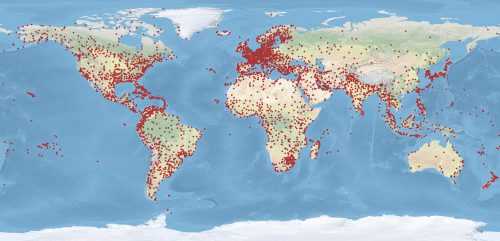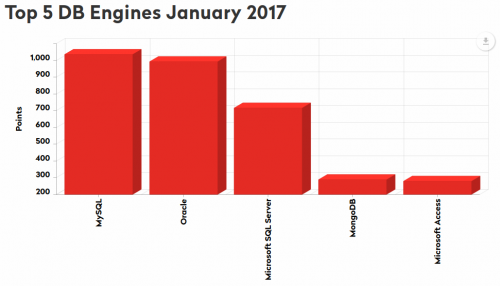
The Global Airport Database is a collection of data about all (???) airports in the world, big and small. It covers a total of 9,300 airports worldwide.
That’s pretty interesting. For example, how many airports do you think there are in Cyprus? Obviously, there is the Larnaca International Airport and Paphos International Airport. Then, there is one in Nicosia, which is not functioning since the island was divided. And there is one in Acrotiri on the British military base. Four, right? Well, the Global Airport Database has a total of 7 (!!!) entries for the country of Cyprus:
LCCC:N/A:N/A:NICOSIA ACC/FIC:CYPRUS:000:000:000:U:000:000:000:U:00000:0.000:0.000 LCLK:LCA:LARNACA:LARNACA:CYPRUS:034:052:030:N:033:037:029:E:00003:34.875:33.625 LCNC:N/A:N/A:NICOSIA:CYPRUS:000:000:000:U:000:000:000:U:00000:0.000:0.000 LCPH:PFO:PAPHOS INTERNATIONAL:PAPHOS:CYPRUS:034:043:004:N:032:029:008:E:00013:34.718:32.486 LCRA:AKT:AKROTIRI:AKROTIRI:CYPRUS:034:035:025:N:032:059:016:E:00024:34.590:32.988 LCRO:N/A:N/A:EPISKOPI:CYPRUS:000:000:000:U:000:000:000:U:00000:0.000:0.000 LCRR:N/A:N/A:NICOSIA:CYPRUS:000:000:000:U:000:000:000:U:00000:0.000:0.000
Larnaca and Paphos are there. The Akrotiri one is there too. Then we have 3 records for Nicosia. And one more for Episkopi. Hmm …
